Skunk Haze Strain
Cannabinoid CBD Dominant
THC 9.26 - 12.26%
CBD 107.04 - 4.87%
Effect Relaxed
Side Effect Thirst and dry mouth
Flavor Skunk
Skunk Haze Strain Cannabinoids
| THC | Tetrahydrocannabinol, or THC, is a major cannabis chemical compound. It is a psychoactive element that stimulates dopamine release and induces euphoria or happiness. THC-rich strains may be helpful with such conditions as lack of appetite, chronic pains , etc. It is considered to be the primary active marijuana component. | 9.26 - 12.26% |
| CBD | Cannabidiol, or CBD, is a major compound in cannabis, which is non-psychoactive. It is also proved to counteract the side effects of the second major component THC. CBD is widely used for medicinal purposes in rubs, oils and so on. It is helpful in muscle pain cases, may treat arthritis and migraines. Even Greeks used it against pain, while Queen Victoria applied it to get rid of menstrual cramps. | 107.04 - 4.87% |
| CBC | Cannabichromene, or CBC, is a minor cannabinoid, meaning that its quantity in cannabis is quite little. Though it has the same origin as CBD and THC, it is different in functions. Without any psychoactive effects, it is an efficient cannabis compound in combating acne and depression. CBC produces analgesic, antibacterial and anti-inflammatory effects. | 0.12 - 0.7% |
| CBG | Cannabigerol, or CBG, is one of the minor cannabis compounds in adult plants. On the other hand, young ones contain a lot of this antibacterial and anti-inflammatory component. During the growth, CBG is converted into different cannabinoids, mostly THC and CBD. The compound itself increases appetite and decreases eye pressure. | 0.23 - 1.4% |
| CBN | Cannabinol, or CBN, is a trace element in cannabis that is considered to be mildly psychoactive. It appears from oxidation THC, exposed to light and heat. CBN is mostly contained in old cannabis and in traditional hashish. It is effective against insomnia, bacterial infections and appetite loss. | 0.16 - 0.19% |
| THCV | Tetrahydrocannabivarin, or THC-V, is a compound contained in cannabis in trace amounts. Even though it is close to THC molecularly, it is different in effects. This compound may be psychoactive only in large amounts. THC-V reduces blood sugar, controls appetite, stimulates bone growth, etc. African Sativa strains are the richest in THC-V. | 0.24 - 0.74% |
Skunk Haze Strain Information
| Effects | |
| Side Effects |
Thirst and dry mouth
Dry eyes
Rapid heart beat
Dizzy
Hunger
Drowsiness
Headache
Paranoia
|
| Common Usage |
Stress
Bipolar disorder
Arthritis
Lack of appetite
Muscle spasms
Pain
Pms
Migraines
Muscular dystrophy
Anxiety
|
| Taste | |
| Terpenes | |
| Breeder |
Unknown
|
| Color |
Green
|
| Strain origin |
Unknown
|
Skunk Haze Strain Growing Information
| Flowering Time | 63 - 77 Days |
| Harvest Time | 81 Days |
| Flowering Type | Photoperiod |
| Height indoor | 60-80 Inches |
| Height outdoor | 60-80 Inches |
| Yield indoor | 1 - 2 Oz/Ft² (~ 400 g/m²) |
| Yield outdoor | 15 - 20 Oz/plant (~ 550 g/plant) |
Skunk Haze Terpene Profile
| Pinene | Pinene is one of the most widespread terpenes in nature, found in pine trees, basil, nutmeg, parsley, and rosemary. Cannabis containing terpene (alpha-pinene or α-pinene) boasts a strong pine scent. Pinene is responsible for anti-inflammatory, pain-relieving, and anti-anxiety effects. | 0.29% |
| Myrcene | Myrcene (also known as β-myrcene) is one of the most common terpenes found in cannabis, representing more than 20% of the modern marijuana terpene profile. Myrcene has a distinct earthy, musky flavor, resembling cloves. It is responsible for calming and soothing effects of weed. Myrcene is also found in hops, thyme, mango, lemongrass, guava melon. | 0.13% |
| Ocimene | Ocimene (derived from the Ancient Greek word Ocimum meaning basil) is a terpene with sweet and herbaceous flavors, also boasting citrusy and woody undertones. Naturally, ocimene occurs in mint, parsley, orchids, hops, kumquats, mangoes, basil, bergamot, lavender, and pepper. Offers antifungal, anti-inflammatory, and antiviral properties. | 0.01% |
| Camphene | Camphene is terpene common for carrots, pepper, dill, fennel, nutmeg, thyme, as well as other fruits and vegetables. Camphene has a damp, pungent, herbal, minty aroma with pine undertones. In cannabis, mostly found in Indica strains. Camphene causes cooling sensations, having anti-inflammatory, antibiotic, antioxidant, analgesic, and antifungal effects. | 0.12% |
| Humulene | Humulene (also known as α-humulene) is one of the major terpenes found in cannabis, contributing to woody, earthy, spicy, herbaceous, and, mainly, floral aromas of cannabis. Used in modern medicine, humulene offers anti-inflammatory, antibacterial, and appetite suppressant effects, which have been well-researched by pharmaceutical companies. | 0.04% |
| Limonene | Limonene (also known as d-limonene) is the second most common terpene in nature and the third most common terpene in cannabis. It has a powerful citrus aroma and can be found in all citruses, including lemons, oranges, grapefruits, limes, juniper, etc. Limonene is known to elevate moods and provide anxiety, depression, and stress relief. | 0.09% |
| Linalool | Linalool (also known as beta linalool, linalyl alcohol, linaloyl oxide, and p-linalool) is one of the rarest terpenes found in cannabis, mostly in small quantities. Linalool is known for its spicy and lavender aroma, bringing relaxation and calming effects. It is also said to provide anti-inflammatory and analgesic properties that can be useful for athletes. | 0.03% |
| Sabinene | Sabinene is a terpene with a peppery, spicy, citrusy, and piney aroma, presented in Norway spruce, Holm oak trees, black pepper, cardamom, and carrot seeds. Found in cannabis in small quantities. Allegedly, sabinene has anti-inflammatory and antimicrobial properties. | 0.12% |
| Terpinolene | Terpinolene is one of the most common terpenes found in cannabis; however, It's usually presented in small quantities. Is responsible for piney, floral, herbaceous, and even a little bit citrusy aroma of cannabis. Terpinolene can be found in lilacs, nutmeg, and cumin. In cannabis, terpinolene contributes to the sensation of "freshness." Has the potential to reduce the risk of heart diseases. | 0.01% |
| Caryophyllene | Caryophyllene (also known as beta or b caryophyllene) is a terpene found in many herbs and spices, such as black pepper, basil, rosemary, and oregano. Cannabis high in caryophyllene delivers a strong spicy, peppery aroma, resembling cinnamon and cloves. Caryophyllene offers potent anti-inflammatory and sedative effects. | 0.15% |
| Total terpenes content | 0.99% |
Skunk Haze Relative Strains
| Parents Strains |
Skunk Haze strain lineage
Skunk Haze Terpene and Taste Chemistry
Similar Strains By Effects
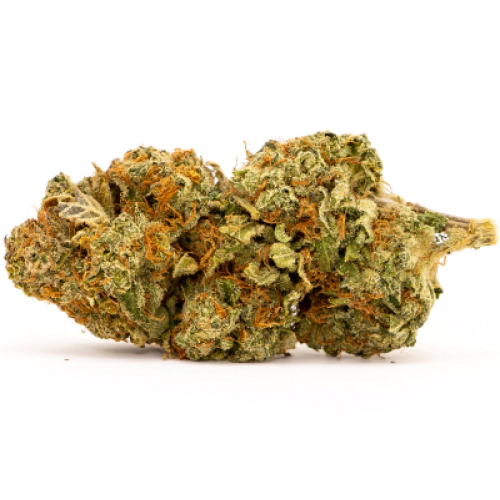
THC 17.33 - 19.67%
CBD 1.28 - 2.44%
Effect Tingly
Flavor Spicyherbal
THC 18.25 - 19.5%
CBD 0.47 - 0.64%
Effect Talkative
Flavor Spicyherbal
THC 16.33 - 19.67%
CBD 0.64 - 0.9%
Effect Tingly
Flavor Berry
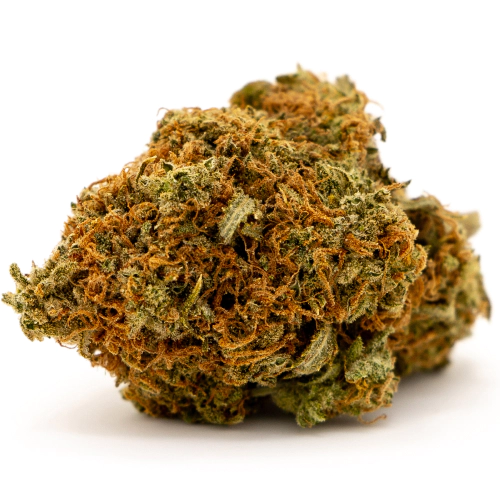
THC 19.67 - 22.33%
CBD 0.68 - 0.95%
Effect Relaxed
Flavor Spicyherbal
Similar Strains By Taste

THC 16.23 - 19.57%
CBD 0.36 - 0.49%
Effect Relaxed
Flavor Earthy
THC 23.75 - 25.25%
CBD 0.13 - 0.5%
Effect Happy
Flavor Diesel
THC 22.8 - 25%
CBD 0.58 - 0.82%
Effect Relaxed
Flavor Pine

THC 22.2 - 24.6%
CBD 0.4 - 0.58%
Effect Relaxed
Flavor Pungent
Similar Strains By Growing
THC 18 - 21%
CBD 0.71 - 1.36%
Effect Hungry
Flavor Citrus
THC 19 - 22%
CBD 0.62 - 1.19%
Effect Tingly
Flavor Nutty
THC 20.75 - 23.5%
CBD 0.26 - 0.56%
Effect Sleepy
Flavor Woody
Recent Strains
THC 10.5 - 17.18%
CBD 0.02 - 0.29%
Effect Calm
Flavor Spicyherbal
THC 19 - 20%
CBD 1.15 - 1.27%
Effect Aroused
Flavor Tobacco


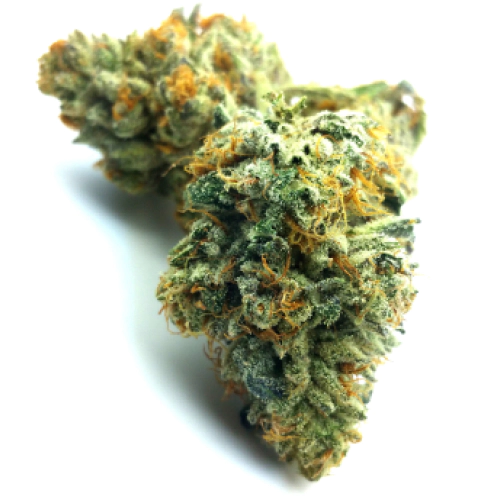
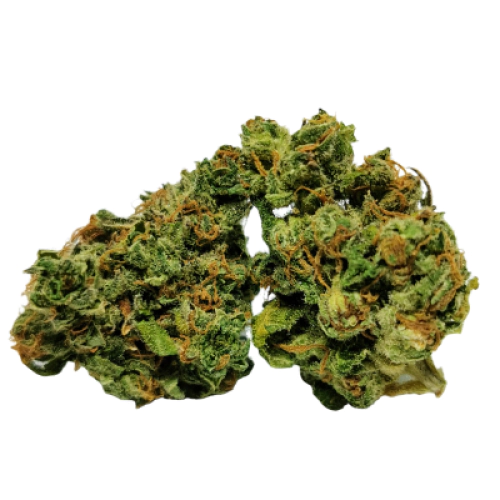


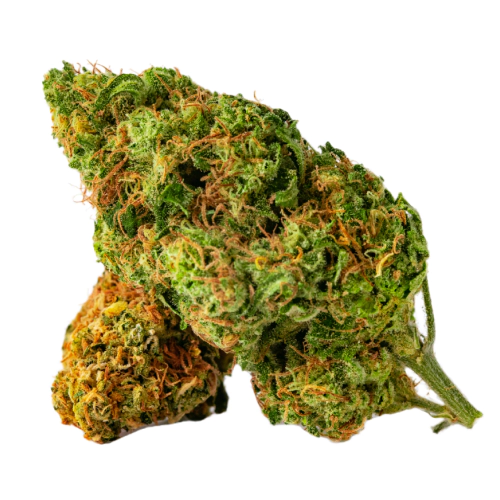

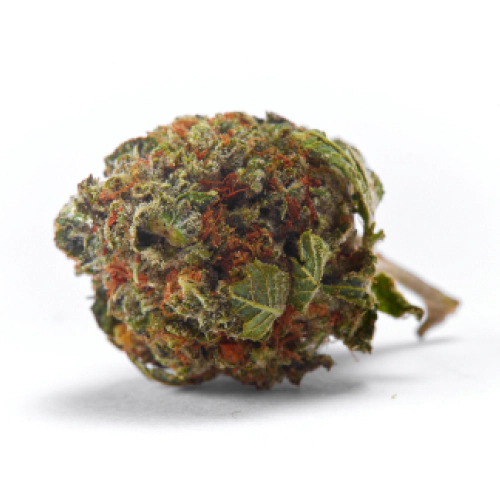
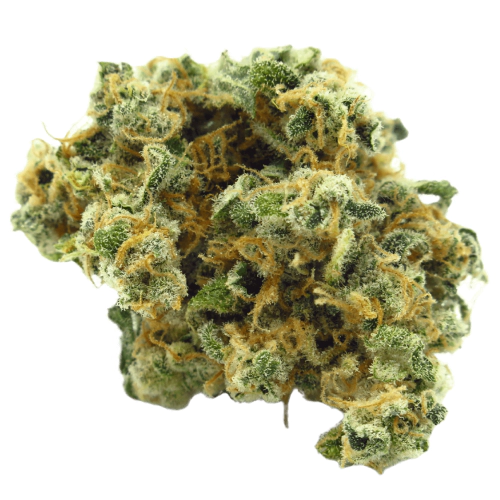
Be the first and share your opinion
Write a Review